Patrick Guilbaud opened his eponymous French restaurant way back in 1981. It gained a Michelin star in 1988 and a second in 1996, which it has retained ever since. The restaurant is connected to the boutique Merrion hotel, situated centrally just around the corner from St Stephens Green. The dining room is on the ground floor and has a high ceiling, large tables and plenty of natural light in the daytime. There is a separate lounge and private dining room. The kitchen is headed by executive chef Guillaume Lebrun, who has been here since the restaurant opened, and head chef Kieran Glennon, who has worked here since 2000. The cooking style is classical, aiming to make use of the excellent products available in Ireland.
There was a wide range of menu choices, with a la carte offering two courses at €90 (£80), three courses at €120 (£107) or four courses at €150 (£134), as well as set lunch menus at €50 (£45) for two courses and €60 (£54) for three courses. In addition there was a four course tasting menu at €130 (£116) and a full eight course tasting menu at €195 (£174). The wine list was very extensive, with nearly 1,500 different labels and a cellar beneath the dining room holding almost 20,000 bottles. The list was very broad in its coverage, not just listing endless Bordeaux and Burgundy vintages but venturing to good growers in places like Greece and Argentina. It was not cheap, however, starting at €50 and climbing rapidly from there. Markup levels were chunky and barely moderated as you climbed the list, so the cash margins on pricier wines were very high indeed. Sample labels included the excellent Hatzidakis Assyrtiko 2016 at €70 for a bottle that you can find in the high street for €25, Pegasus Bay Chardonnay 2016 at €100 compared to its retail price of €30 and Poderi Aldo Conterno Il Favot 2012 at €120 for a bottle that will set you back €54 in a shop. Grander wines included Trimbach Cuvée Frederic Emile 2009 at €200 compared to its retail price of €65, Etienne Sauzet Champ Canet Puligny Montrachet 2002 at €430 for a wine that will cost you €137 in a shop, and Guigal La Turque 1996 at €800 for a label whose current market value is €344. If you looked hard there were odd pockets of value, such as Domaine Ravenau Foret Chablis 2011 at €200 for a wine that retails at €242, but such gems were few and far between, and to give an idea of how carefully you have to hunt for value, the 2008 vintage of the identical Ravenau Foret wine was €450, yet its current market price is €235. The selection of growers was excellent and there was plenty of depth, but the list pricing discouraged indulgence, which is a pity if you are a wine lover who does not have access to a poorly monitored business expense account.
The meal began with gougeres and Parmesan straws. I have hardly met a gougere that I disliked, and the ones today were very good indeed, with carefully piped choux pastry, served warm with a Roquefort centre. The Parmesan straws were also lovely, very delicate and with plenty of cheese flavour (18/20). Bread was made in the kitchen and was a choice of baguette, rye bread and rolls of either onion and bacon or walnut and raisin. The bread was very good and had nice texture, if not quite to the standard of the very best that you can find in France (17/20). A further trio of nibbles followed. The first was a delicate Parmesan sable biscuit topped with confit tomato and aubergine, the vegetable flavour coming through well. Red king crab was wrapped in cucumber maki with crisp lemon, Bombay Sapphire gin and mint jelly, with dots of vanilla oil and saffron mayonnaise; the crab was fresh and the accompanying flavours nicely complemented the shellfish without overpowering it. The final nibble was tomato sorbet with buffalo curd milk and olive oil, the tomatoes having quite intense flavour (comfortably 18/20 nibbles).
The first formal course was chilled wild salmon from Black Water River in County Wexford, Royal Oscietra caviar, dill, horseradish emulsion, green apple jelly and crispy buckwheat. It is rare these days to encounter wild salmon, which has a superior flavour to the ubiquitous farmed variety. The dill and horseradish lifted the flavour of the fish without overwhelming it, the gentle acidity of the apple bringing freshness and the crisp adding a contrasting texture. This was a superb dish that was as good to eat as it looked (easily 19/20). This was followed by pan-roasted duck foie gras from the Landes, served with pineapple in three forms (fresh, dried and dehydrated) as well as dark rum caramel with Panela sugar (partially refined cane sugar) and tonka bean flavour. The liver itself was high quality with silky texture, and the richness of it and the caramel was neatly cut through by the pineapple (18/20).
The next course was poached scallop in a butter sauce made using the scallop skirt, shallots and Noilly Prat, garnished with black truffles from Majimup in Western Australia. The scallop was delicately cooked and had good inherent sweetness, the truffles suitably fragrant and the rich sauce working well with the delicate flavour of the scallop (18/20).
This was followed by wild turbot from a huge 9kg specimen (bigger is better when it comes to turbot) caught off Kilmore Quay, a fishing village in County Wexford. This came with violet artichoke fricassee, confit tomato, broad beans and a sauce made from the roasted bones of the fish, enriched with butter, wine and truffle. The fish not only had great flavour but was very precisely cooked, and the accompaniments worked well, with the broad beans in particular being superb (19/20). The final savoury course was a large calf sweetbread that had been slowly caramelised, flavoured with a little coffee powder and served with girolles, parsnip emulsion and gratinated Mimolette cheese from Lille on the side. The sweetbread itself was lovely, the root vegetable emulsion deeply flavoured and my only issue was that the dish was very rich. I actually mentioned this to the waiter in passing, and was impressed when a green salad arrived moments later, which indeed provided just the balance that the dish needed (18/20).
The cheese selection reflected the classics of France, plus a couple of Irish touches. St Maure, Brie de Meaux, Reblochon and 24 month aged Comte were all in excellent condition, as was creamy Cashel Blue from Tipperary. A pre dessert was strawberry “Charlotte” that in this case comprised vanilla bavarois with strawberry cremeux and jelly, sprayed with cocoa butter, with elderflower and strawberry and a frozen lemon mousse. The fruit had good flavour and the combination of textures worked nicely (17/20).
The main dessert was Guanaja chocolate (a 70% cocoa chocolate from Valrhona) soufflé served in a tart base, served with Guinness ice cream. This quite bitter chocolate was balanced nicely by the Guinness ice cream, and the pastry base was delicate (18\20). This was followed by a trio of very good petit fours: black cherry financier, raspberry tartelette and yuzu and caramel macaron. To finish there was a lovely chocolate truffle presented in an attractive wooden cigar box.
Coffee was made using a Nespresso machine, but tasted much better than most Nespresso coffee. This was due to it being the exclusive Kilimanjaro brand that is marketed by Nespresso just to top restaurants (I have heard that only two Michelin star and above restaurants qualify). I tried one cup that used beans from Tanzania, and another using beans from Nepal. They were both excellent, the one from Tanzania having a bright taste with good acidity. Service was superb throughout, the waiters professional, knowledgable and friendly. The bill came to €209 (£186), with just water to drink. If you ordered three courses and shared a modest bottle of wine then a typical cost per head might be £160. Patrick Guilbaud is a class act, with high grade ingredients, technically accomplished cooking and impeccable service. There are plenty of worse three star restaurants than this.
Book
Further reviews: 25th Apr 2012


















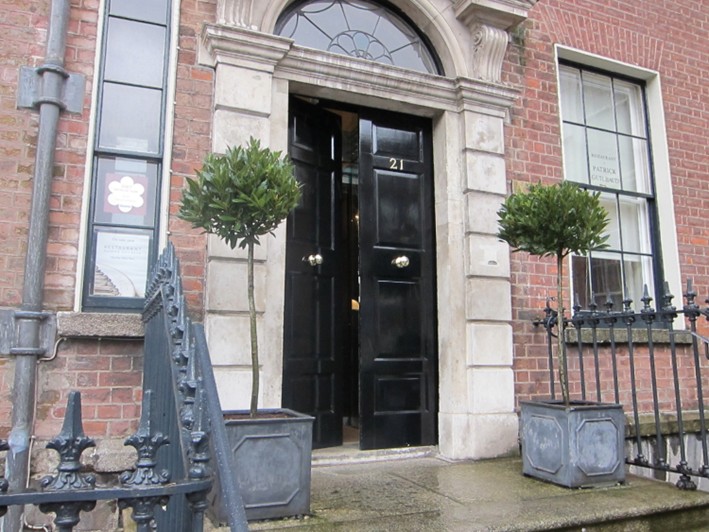
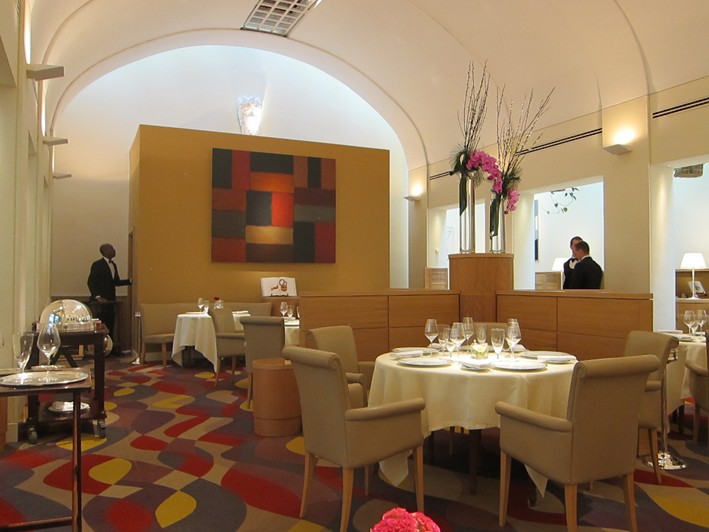




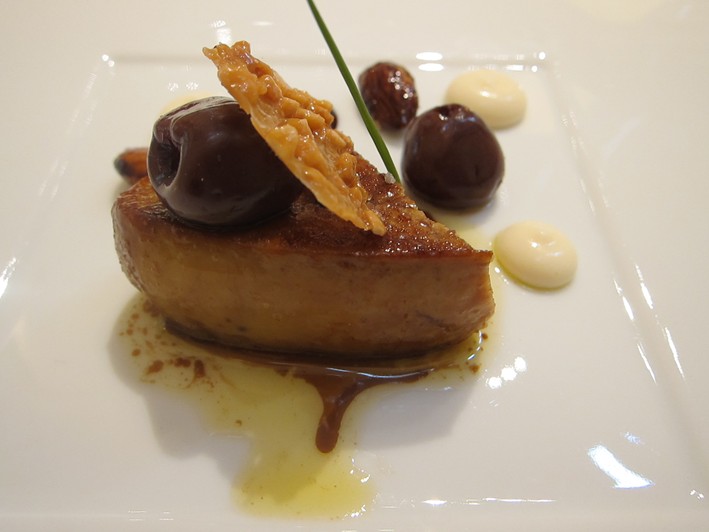
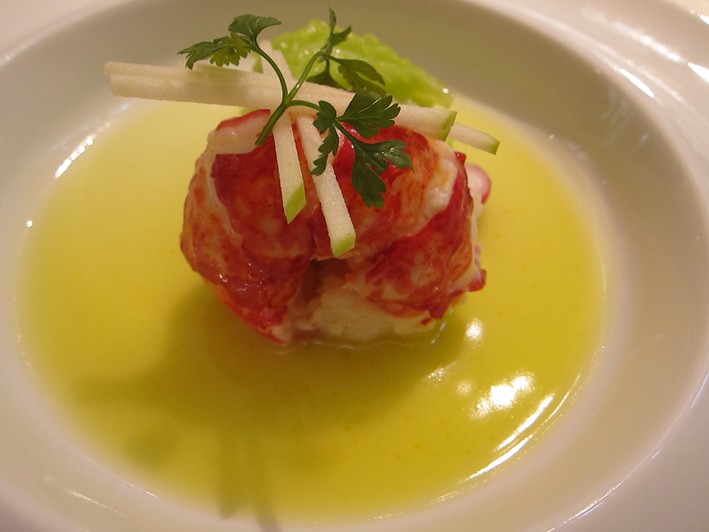
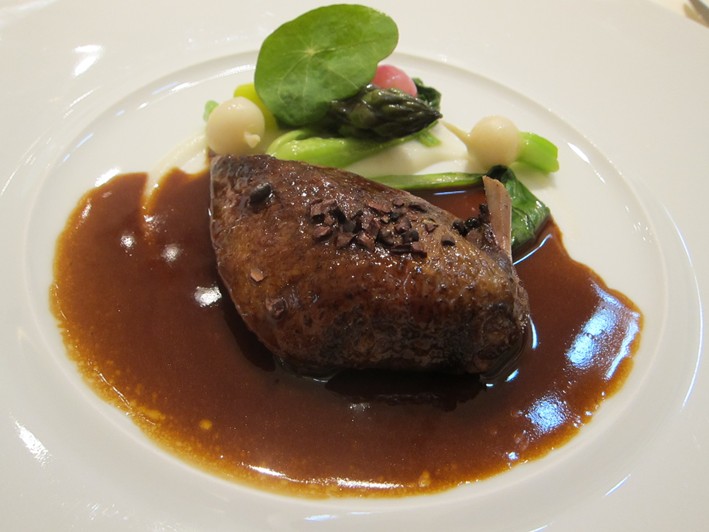
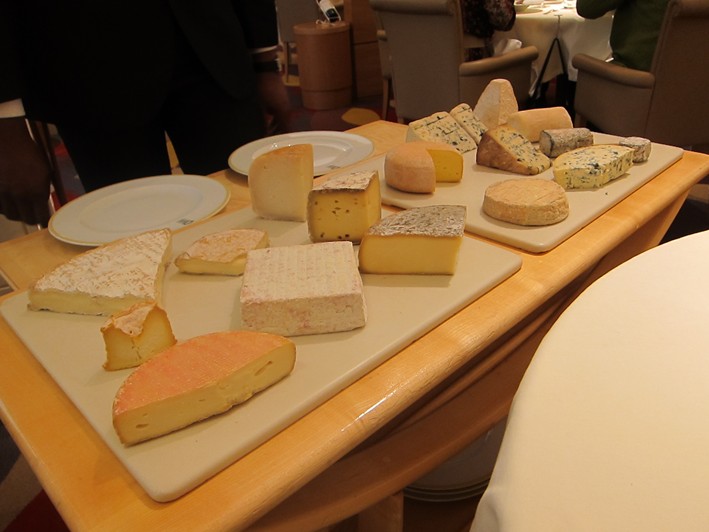
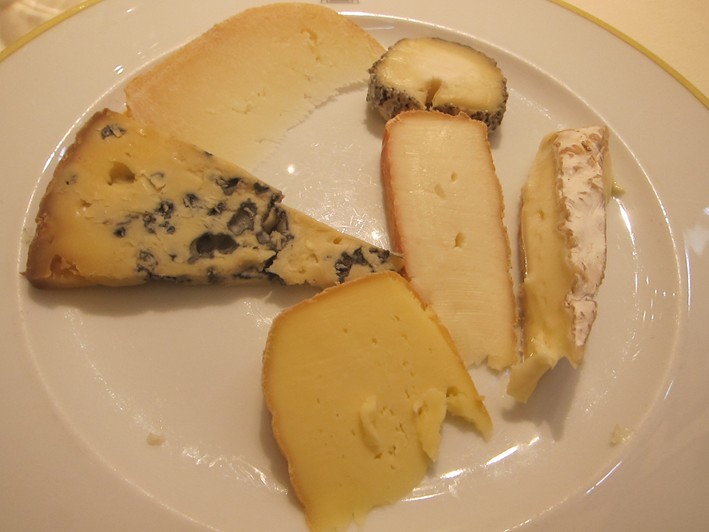
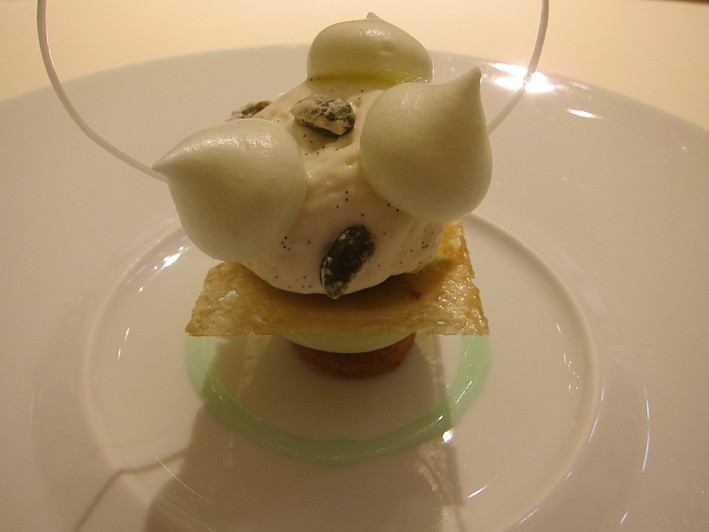
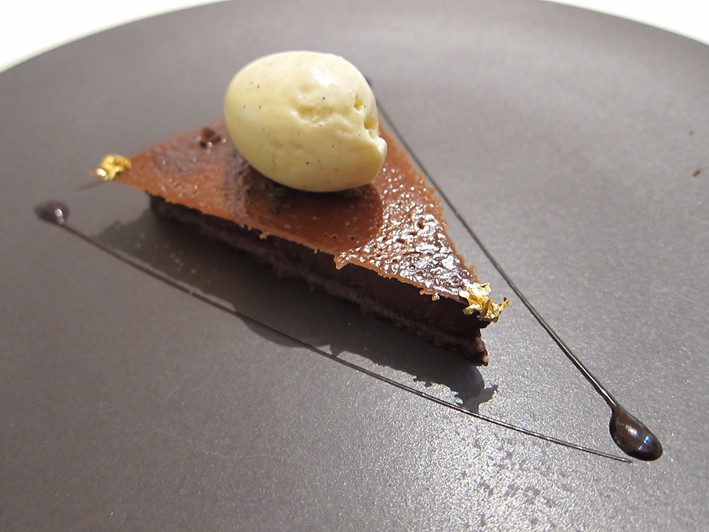

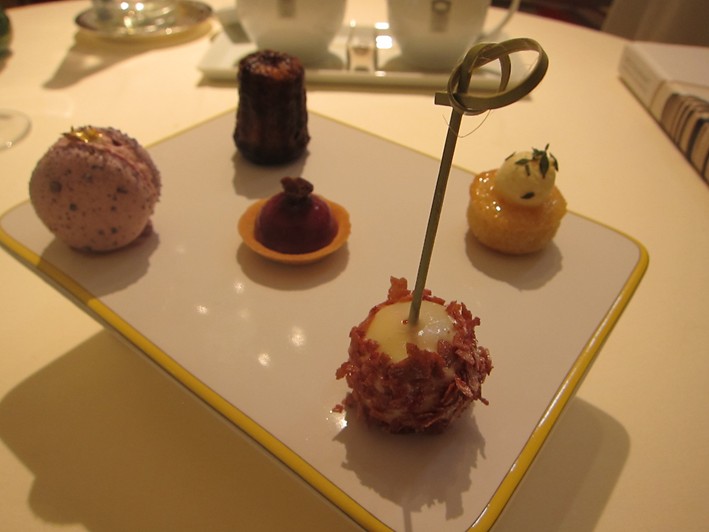

Add a comment
Thank you for submitting your comment, this will be checked and added to the website very soon.
User comments